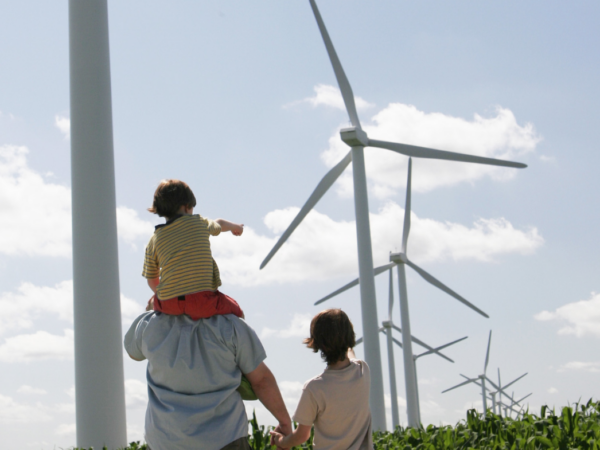Regen led a project to provide the National Grid with insights into the status of its current pipeline, conducted statistical analysis on likely project buildout timeframes, and summarized the results of the RFI project developer survey.
National Grid Transmission Pipeline
As part of a process to reform the management of the electricity network connection queue in GB, the ESO are seeking to implement new requirements for developers currently holding accepted connection offers with transmission and distribution network companies. These requirements will require developers to provide evidence of spatial planning status and land rights. ESO have issued a Request for Information (RFI) to all contracted connection holders, which is due to close to responses on 28th June 2024. ESO has been asked by DESNZ and Ofgem to assess the impact of implementing these reforms on the existing project pipeline.
Regen’s experience in researching contracted generation and storage project pipelines, including delivering Distribution Future Energy Scenarios (DFES) analysis for National Grid Electricity Distribution, Scottish and Southern Electricity Networks and battery pipeline analysis for UK Power Networks, has provided a firm foundation to undertake a similar workstream for the National Grid ESO (soon to be NESO).
This project, completed to demonstrate the need for reforming the connections queue, was carried out through three work packages:
- An assessment of the planning status of the pipeline of projects seeking to connect to the transmission network (this will complement a wider direct enquiry process ESO will be undertaking with project developers, asking for information on development status, timelines and land rights/lease information).
- An analysis of the historical timescale for developers to convert submitted planning applications or planning approval notices, to build-out.
- A review of the responses ESO has received to the RFI and any insights or recommendations about how to consider the responses and overall sensitivity of the level of response received.






